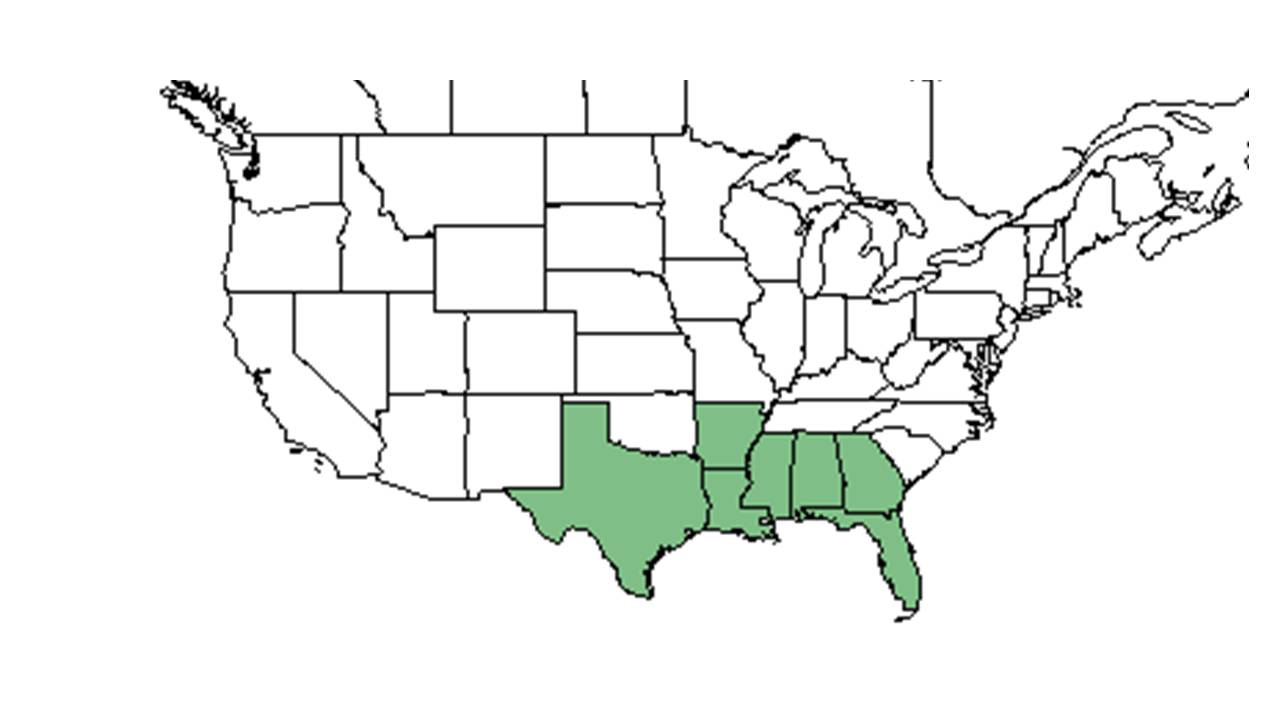Difference between revisions of "Tragia smallii"
(→References and notes) |
(→Description) |
||
| Line 19: | Line 19: | ||
==Description== | ==Description== | ||
<!-- Basic life history facts such as annual/perrenial, monoecious/dioecious, root morphology, seed type, etc. --> | <!-- Basic life history facts such as annual/perrenial, monoecious/dioecious, root morphology, seed type, etc. --> | ||
| + | Common name: Small's noseburn | ||
| + | |||
==Distribution== | ==Distribution== | ||
==Ecology== | ==Ecology== | ||
Revision as of 15:07, 6 July 2015
| Tragia smallii | |
|---|---|

| |
| Scientific classification | |
| Kingdom: | Plantae |
| Division: | Magnoliophyta – Flowering plants |
| Class: | Magnoliopsida – Dicotyledons |
| Order: | Euphorbiales |
| Family: | Euphorbiaceae |
| Genus: | Tragia |
| Species: | T. smallii |
| Binomial name | |
| Tragia smallii Shinners | |

| |
| Natural range of Tragia smallii from USDA NRCS Plants Database. | |
Contents
Description
Common name: Small's noseburn
Distribution
Ecology
Habitat
It can live in subtropical climates with mean temperatures ranging from 47 degrees Fahrenheit to 82 degrees Fahrenheit (Haywood et al 2001). It can be found in longleaf pine communities (Haywood et al 2001).
Phenology
Seed dispersal
Seed bank and germination
Fire ecology
It is fire tolerant; Tragia smallii was found frequently on plots in the Kisatchie National Forest burned 20 times each in March and July from 1962 to 1998, but rarely on plots burned in May (Haywood et al 2001).
Pollination
Use by animals
Diseases and parasites
Conservation and Management
Cultivation and restoration
Photo Gallery
References and notes
Haywood, J. D., F. L. Harris, et al. (2001). "Vegetative response to 37 years of seasonal burning on Louisiana longleaf pine site." Southern Journal of Applied Forestry 25: 122-130.